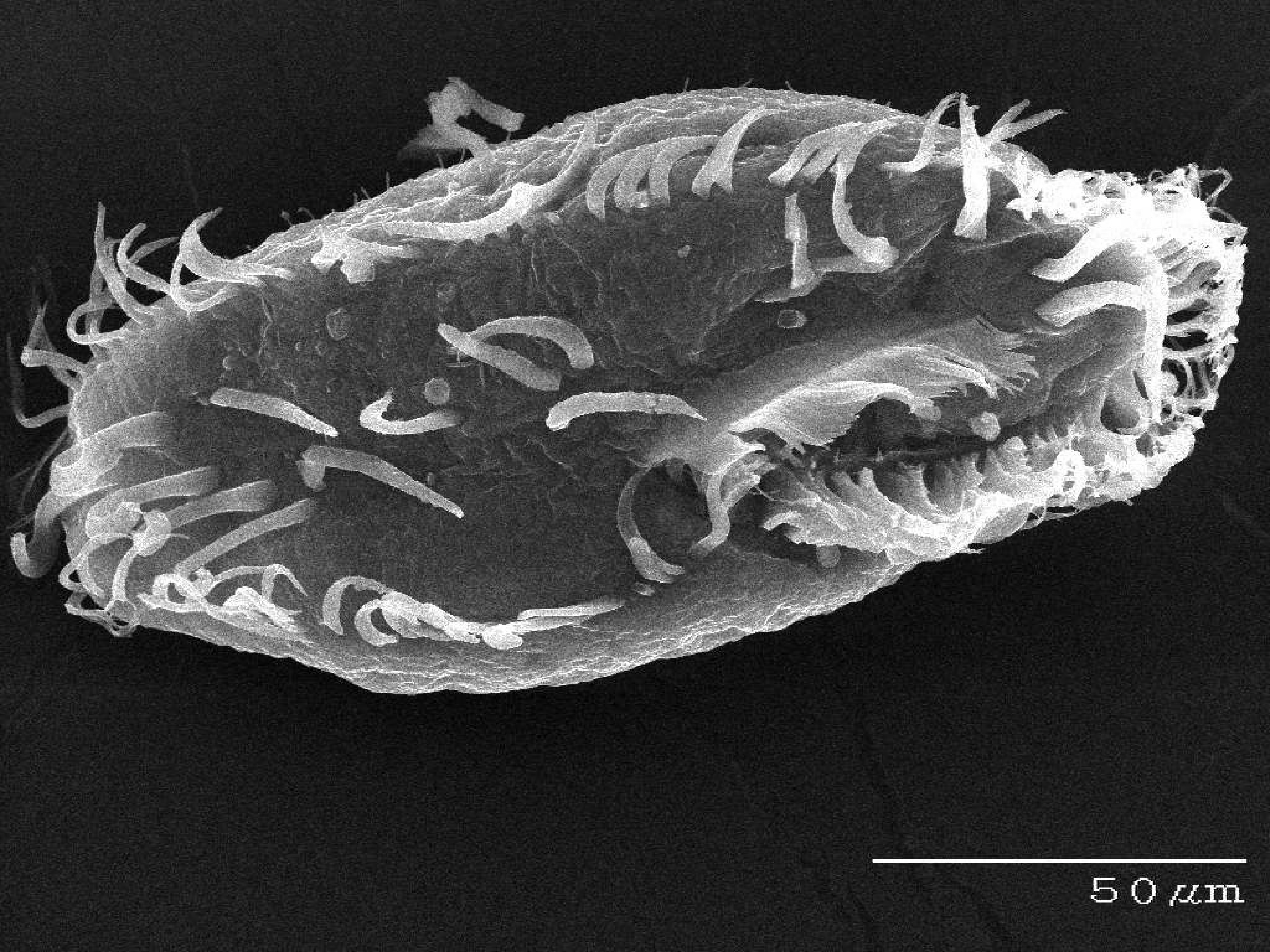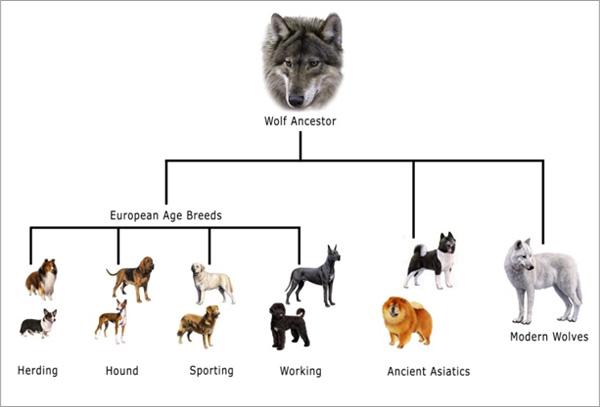
HeLa cells viewed under a light microscope
Nature magazine reports that a German lab has sequenced the DNA of HeLa cells. Like cells from most tumors, there are multiple copies of many genes. Excerpt:
Previous work showed that HeLa cells, like many tumors, have bizarre, error-filled genomes, with one or more extra copies of many chromosomes. To get a closer look at these alterations, a team led by Lars Steinmetz, a geneticist at the EuropeanMolecular Biology Laboratory in Heidelberg, Germany, sequenced the popular ‘Kyoto’ version of the cell line and compared the sequence with that of a reference human genome. The team’s results are published in G3.
Steinmetz’s team confirmed that HeLa cells contain one extra version of most chromosomes, with up to five copies of some. Many genes were duplicated even more extensively, with four, five or six copies sometimes present, instead of the usual two. Furthermore, large segments of chromosome 11 and several other chromosomes were reshuffled like a deck of cards, drastically altering the arrangement of the genes.
Without the genome sequence of Lacks’ healthy cells or that of her original tumor, it is difficult to trace the origin of these alterations. Steinmetz points out that other cervical tumors have massive rearrangements on chromosome 11, so the changes in the HeLa cell may have contributed to Lacks’ tumor.
HeLa cells have been the subject of many biological studies as they are easy to culture and replicate very fast. The cells were originally isolated from an African American woman named Henrietta Lacks, and have been cultured for over 60 years. There is also a fascinating book about the origin of these cells called The Immortal Life of Henrietta Lacks.

